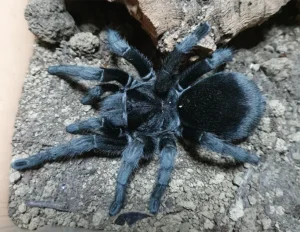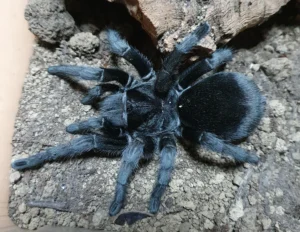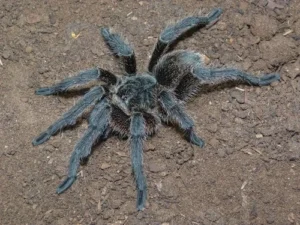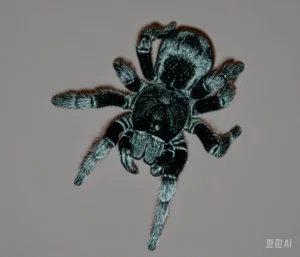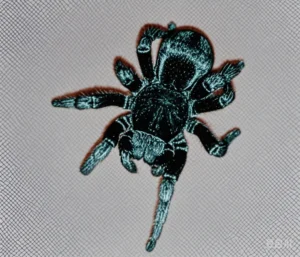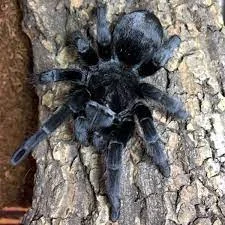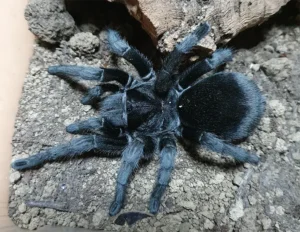Mitochondrial DNA Studies of Grammostola pulchra: Phylogenetic Relationships
Understanding the evolutionary history and relationships of species like Grammostola pulchra relies heavily on genetic analysis alongside traditional morphology. Mitochondrial DNA (mtDNA) studies are a powerful tool used by scientists to unravel the phylogenetic relationships between tarantula species and populations.
What is Mitochondrial DNA (mtDNA)?
Mitochondria, often called the “powerhouses” of the cell, contain their own small circular DNA molecule, separate from the nuclear DNA found in the cell nucleus. Mitochondrial DNA has several characteristics that make it useful for phylogenetic studies:
- Maternal Inheritance: In most animals, mtDNA is inherited solely from the mother.
- Higher Mutation Rate: Compared to nuclear DNA, mtDNA tends to accumulate mutations more rapidly. This makes it useful for studying relatively recent evolutionary events and distinguishing closely related species or populations.
- Abundance: There are many mitochondria (and thus mtDNA copies) per cell, making it easier to extract and analyze than single-copy nuclear genes.
Specific genes within the mtDNA, such as Cytochrome c oxidase subunit I (COI, often used in DNA barcoding), are frequently targeted for analysis.
Phylogenetic Relationships
By comparing mtDNA sequences from G. pulchra with those from other Grammostola species (e.g., *G. pulchripes*, *G. rosea/porteri*) and related genera, researchers can construct phylogenetic trees. These trees visually represent the hypothesized evolutionary relationships, showing which species are more closely related based on genetic similarity.
Such studies could help determine:
- The placement of G. pulchra within the Grammostola genus.
- Its closest relatives among other South American tarantulas.
- The evolutionary divergence times between species (if calibrated with fossil data or known mutation rates).

Population Genetics
Comparing mtDNA sequences among different individuals of G. pulchra collected from various locations within its native range (southern Brazil, Uruguay) can reveal information about population structure:
- Genetic Diversity: Assess the level of genetic variation within and between populations.
- Gene Flow: Determine the extent of historical or ongoing genetic exchange between different populations.
- Geographic Structuring: Identify if distinct genetic lineages exist in different geographic areas, potentially indicating barriers to dispersal.
Species Delimitation
mtDNA analysis can be particularly useful in clarifying taxonomic uncertainties. For example, within the Grammostola genus, the distinction between *G. rosea* and *G. porteri* has been historically contentious. Genetic data, including mtDNA, can help determine if they represent distinct species, subspecies, or simply color morphs of a single variable species. Similar analyses could refine the understanding of G. pulchra‘s distinctiveness from any closely related, morphologically similar populations.
These [tarantula genetic research implications](https://www.lopehare.com/tarantula-medical-information/) are significant for taxonomy and conservation.
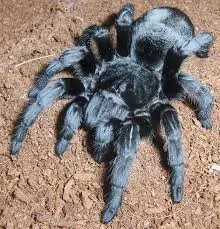
Current Research Status
While phylogenetic studies involving various theraphosid spiders exist, publicly available research focusing specifically and extensively on the mtDNA phylogeny and population genetics of *Grammostola pulchra* might still be developing or part of broader genus-level analyses. Taxonomic revisions and phylogenetic studies in tarantulas are an ongoing field.
Accessing specific studies often requires searching scientific databases (like PubMed, Google Scholar) using keywords such as “Grammostola,” “mtDNA,” “phylogeny,” “COI,” and “Theraphosidae.”
Implications
Mitochondrial DNA studies provide crucial data for understanding the evolutionary history, species boundaries, and population structure of Grammostola pulchra. This information is valuable not only for scientific classification but also potentially for informing conservation strategies by identifying genetically distinct or vulnerable populations.
References:
- General principles of molecular phylogenetics and mtDNA analysis.
- Wikipedia contributors. (Accessed 2023). Mitochondrial DNA. *Wikipedia, The Free Encyclopedia*. https://en.wikipedia.org/wiki/Mitochondrial_DNA
- Bertani, R. (2001). Revision, cladistic analysis, and zoogeography of Vitalius, Nhandu, and Proshapalopus; with notes on other theraphosine genera (Araneae, Theraphosidae). *Arquivos de Zoologia*, 36(3), 265-356. (Example of cladistic analysis in related genera).

